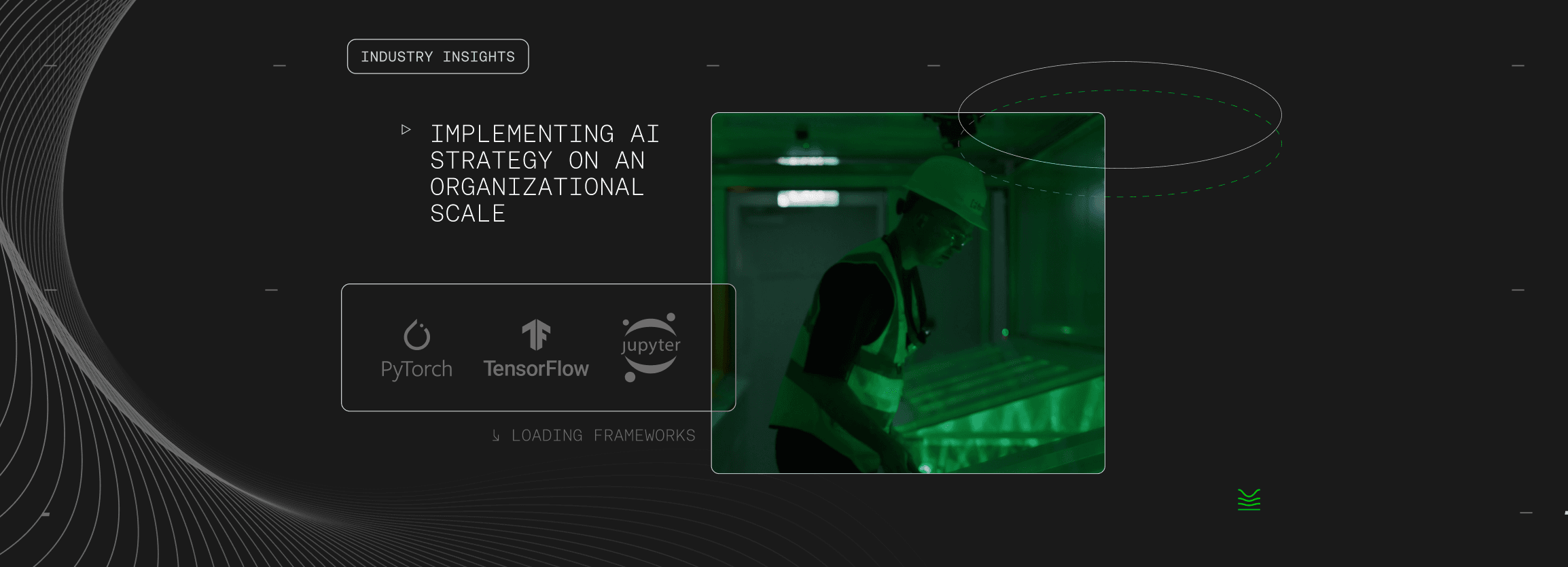22 January 2024
Policy & Regulation
COP 28 & The State of Sustainability in AI

COP 28 & The State of Sustainability in AI.
The 28th Conference of the Parties (COP28) to the United Nations Framework Convention on Climate Change (UNFCCC) took place recently in Dubai, UAE. It brought heads of state, business leaders, young people, climate scientists, journalists, and various experts together to accelerate global efforts to mitigate the impacts of climate change. The conference had several key themes aimed at addressing the urgency of climate action and accelerating progress towards the goals of the Paris Agreement. One of the themes that guided its discussions focused on the intersection of technology and sustainability.
The intersection between technology and sustainability
The relationship between technology and sustainability is becoming increasingly a focus for CTOs and CIOs alike. Take data centres for instance, they are both contributors to and potential solutions for climate change. First, data centres are notoriously energy-hungry, often relying on fossil fuels for power. Around the globe, data centres currently account for about 1 to 1.5 percent of global electricity use. Their growing number and demand for computing power contribute significantly to greenhouse gas emissions. This trend is bound to increase with the mass adoption of GPUs for AI development. Second, rapidly outdated hardware and the short lifespan of devices in data centres lead to substantial e-waste, creating environmental pollution and resource depletion. Last, data centres require constant cooling. Large amounts of heat generated by servers require intense cooling, further increasing energy consumption.
Potential solutions
Just as data centres are contributors to our climate crisis, they also offer potential solutions. Data centres are well positioned as a driving force for renewable technology. As clean energy sources become more accessible and cost-effective, data centres can choose to switch to renewable energy sources, reducing their emissions footprint. At COP28, delegates have further amplified this initiative, encouraging member states to adopt renewable energy. Data centres can also take a circular economic approach in design and management, ultimately extending the lifespan of hardware, reducing e-waste, and promoting resource recovery. Another important approach to address climate change is to adopt efficient cooling technology such as liquid immersion can significantly reduce energy consumption and water usage in data centres.
Introducing SMC
Recognizing the impact of AI compute on climate change, Sustainable Metal Cloud (SMC) pioneered a scaled immersion platform – the HyperCube, to revolutionize GPU cloud service sustainably. Our transformative, hyperscale immersion platform utilizes single-phase immersion cooling technology, substantially reducing energy consumption compared to air-cooled systems, and ultimately cutting CO2 emissions by up to 48% while lowering the cost to access high-performance GPU clusters by up to 70% compared to traditional cloud solutions.
Overall, COP28 played a role in raising awareness of the impact of technology on climate change and promoting solutions for their sustainable operation. At SMC, we are fully aligned with COP28 and committed to improving data centre efficiency and mitigating the impact of climate change.
Learn more about SMC and access your GPU instances today!

